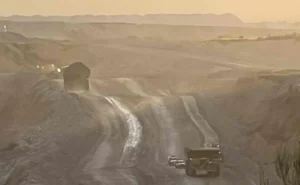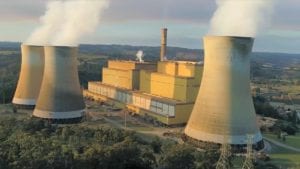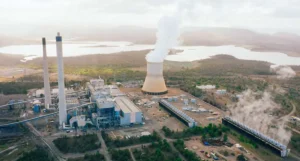State and territory energy ministers meet at dinner tonight and at a specially convened COAG meeting in Melbourne on Friday to discuss the proposed National Energy Guarantee, and whether the Energy Security Board should continue its work towards a final policy design in August.
The general expectation is that an amber light will be forthcoming – a draft communique that has been circulating is suggesting just that – but the question is, on whose terms?
Enough progress has been made on the technical aspects of the emissions guarantee and the reliability guarantee to meet the biggest concerns raised by the industry and regulators. Further work should resolve any outstanding issues.
The main problems lie not with the Energy Security Board – who seem to have finally embraced the inevitability, and overwhelming advantages, of the clean energy transition – but with the policy position of the federal government, which hasn’t.
As usual, Labor’s Mark Butler summed it up best on Thursday morning:
“Even if the Energy Security Board gives Malcolm Turnbull a Rolls Royce model of energy policy, it’s not going to be of much use to the country if he immediately seeks to put it in the garage and lock it up for 10 years, which is what he is trying to do.”
There are five big sticking points that will end up being the make-or-break of this opportunity for a bipartisan approach to climate and energy, both at state and federal level, and it all revolves around the level of ambition, and the position of the federal Coalition.
They are:
The emissions reduction target for the electricity sector has to be higher
It is now clear that the target to reduce emissions in the electricity sector by 26 per cent by 2030 is grossly inadequate. Worse, it is actually worse than having no target at all, given the rapid uptake of household solar, corporate investment and the amount of renewables already installed by 2030.
The target needs to be flexible, and not locked in for a decade
The Coalition government wants not just a target that is worse than business as usual, it wants to lock it in until 2030, by setting a target for that year and allowing no review in between. This must be refused.
There has to be “additionality” for states
This is also important. The extra work and ambition of certain states, such as Victoria, Queensland, and the ACT, should be used to elevate Australia’s target, and not used as an excuse for others, namely NSW, to do less.
There must be no allowance for offsets
The issue of offsets is also critical. In theory, it means that big retailers can invest in cheap offshore offsets rather than putting money into clean energy investments in Australia. Given that the target is already weak, this would be a bad outcome.
There need to be more regular reviews
Similar to the need for flexibility. The “reliably” obligation and whether it needs to be triggered will be reviewed each year. There is absolutely no reason this should not be the case for emissions.
The way the COAG meeting will pan out, it will be up to the ministers from the ACT, Victoria and Queensland to do the hard bargaining.
South Australia, which previously led the anti-NEG brigade, is now governed by the Liberals, who will be keen to toe the federal line, particularly as the issue of contracting and competition appears to have been addressed.
NSW seems to be doing nothing much at all. It has a massive pipeline of projects, and grand plans from transmission and market operators for huge renewable energy zones.
It, too, has a Coalition government, anxious to be in lock-step with its federal counterpart, although it is hard to understand why. If policy is prostrated before the right wing, and ambition is not tightened, then little or nothing will happen in NSW over the next decade.
To be sure, there is still some work to be done on some of the technical details, particularly around penalties for failing to meet the reliability obligation if triggered; and clarification around the treatment of rooftop solar and storage in the obligation of retailers.
As for tonight’s dinner, and this Friday’s meeting, it’s difficult to say what ground the federal government would give on these five big issues, considering the push from its own dominant right wing that would rather Australia were not a signatory to the Paris climate deal and was building coal-fired generators rather than wind, solar and storage.
So for the Labor states, this is a tactical question, but they will be careful not to allow the federal government to carry too much momentum, for fear that a hopelessly inadequate emissions target would make the NEG more or less redundant.
Such an outcome would be bipartisanship in name only, and would only serve to act as a barrier to new investment in renewables. That cannot be allowed to happen, and there is a sense that the states know this.












